Kashmir’s Local History. Kashmir, often called the “Paradise on Earth,” is not only famous for its scenic beauty but also for its fascinating history, which spans thousands of years. Located in the northern part of the Indian subcontinent, Kashmir’s local history blends indigenous traditions, conquests, cultural exchanges, and political transformations. This history has seen the rise and fall of dynasties, the spread of religions, and the development of a vibrant cultural identity that still shapes the region today.
Early History and the Foundation of Kashmir
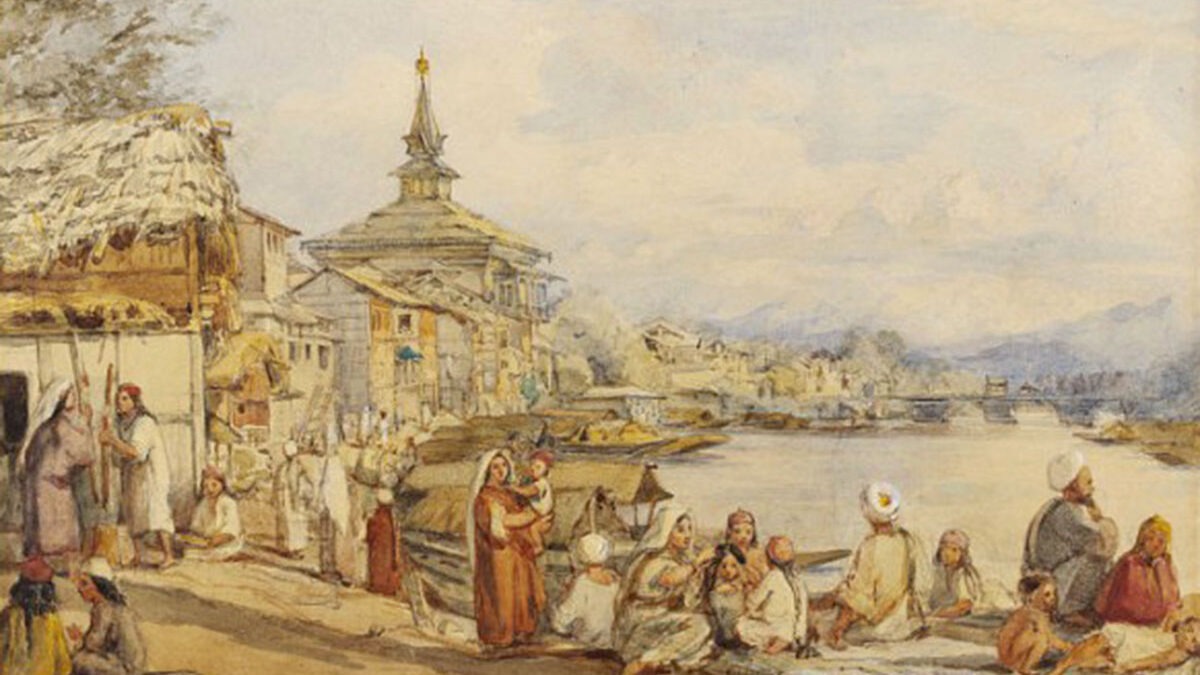
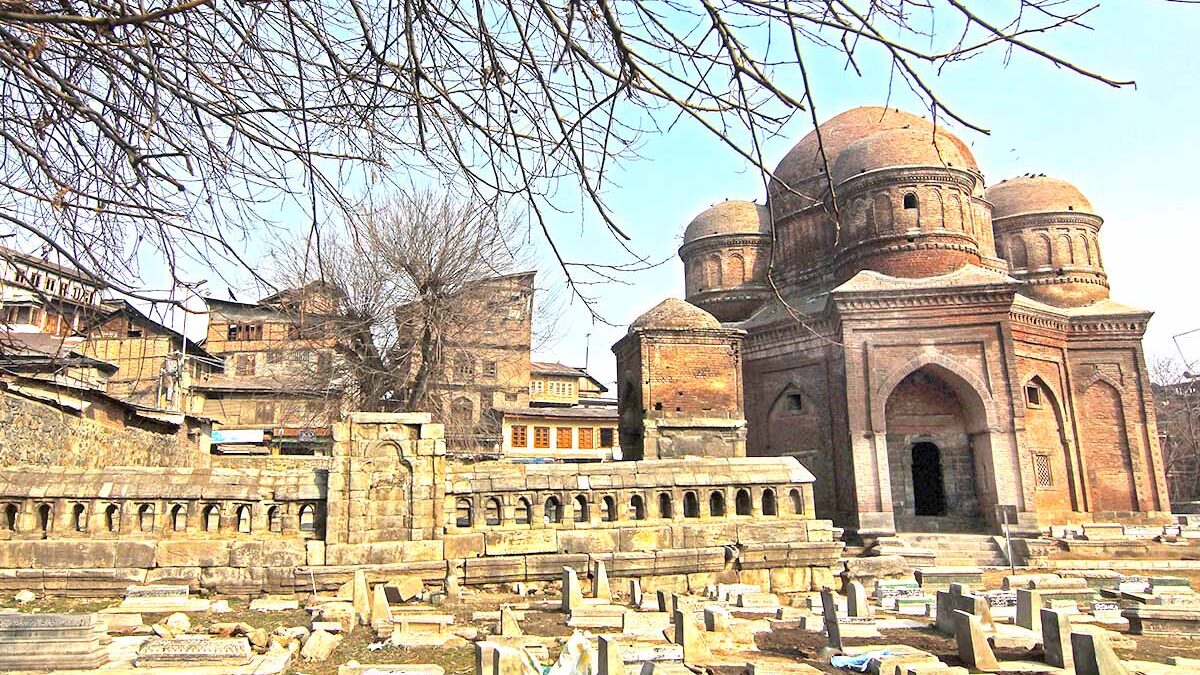
Kashmir’s historical roots trace back to ancient times, with early references in the Rigveda. The Mahabharata, an epic of ancient India, also mentions Kashmir, depicting it as the kingdom of Kashyapa, after whom the region is believed to have been named. Kashyapa, a revered sage, is said to have drained a vast lake, making the area habitable for human settlers.
Kashmir was an early center of intellectual and spiritual growth. The Maurya Empire, under Emperor Ashoka in the 3rd century BCE, marked the beginning of political consolidation in the region. Ashoka’s support of Buddhism left a lasting impact on Kashmir. Buddhist monuments, including stupas and Ashoka’s edicts, still stand in parts of Kashmir today, showcasing the region’s early engagement with the religion.
The Advent of Hindu Kingdoms
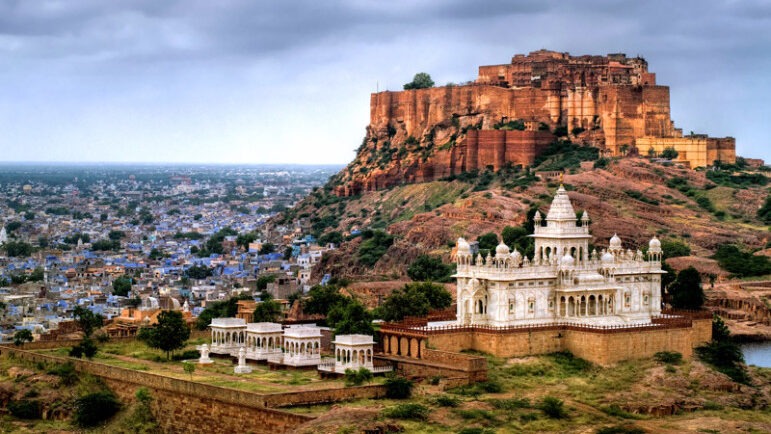

Kashmir’s history took a significant turn in the 5th century CE, as the region became a major center of Hindu rule, especially under the Karkota dynasty. During this period, art, culture, and literature flourished. Lalitaditya Muktapida, a king from the 8th century, expanded Kashmir’s influence far beyond its borders, making it a powerful region in Central Asia.
This period also saw the construction of remarkable temples, such as the Martand Sun Temple, which reflect the Hindu architectural style and mark an era of cultural prosperity.
The Arrival of Islam and the Sultanate Era

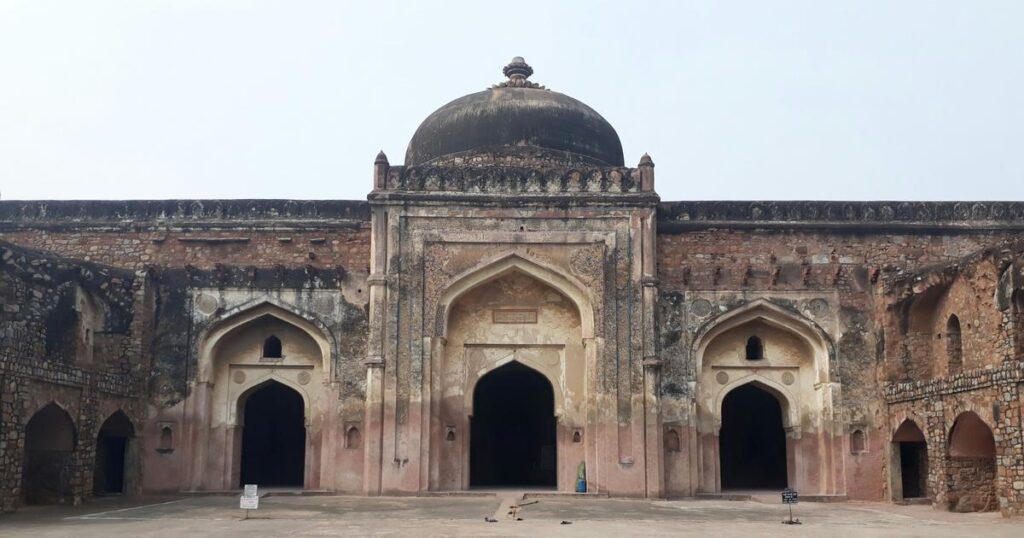
Kashmir’s history underwent a profound transformation in the 14th century with the arrival of Islam. The region, once home to a Hindu majority, witnessed the spread of Islam through the efforts of Sufi saints like Shah Hamdan. Shah Hamdan not only spread Islam but also established cultural and spiritual links between Kashmir and the broader Muslim world, including Central Asia and Persia.
The 14th century also saw the rise of the Sultanate of Kashmir, a period marked by the establishment of the Shamsi dynasty and later the Shah Mir dynasty, which consolidated Muslim rule in the region. Under Sultan Zain-ul-Abidin, also known as the “Akbar of Kashmir,” the region saw a cultural renaissance. Zain-ul-Abidin encouraged religious tolerance, bringing together Muslims, Hindus, and Buddhists. His reign promoted Persian art and culture, influencing Kashmir’s artistic expression for centuries.
Kashmir also became a hub for the development of Sufi mysticism, with many Sufi shrines dotting the region today. These religious and cultural developments shaped Kashmir’s unique identity, blending Hindu and Muslim traditions.
The Mughal Era: The Golden Age of Kashmir
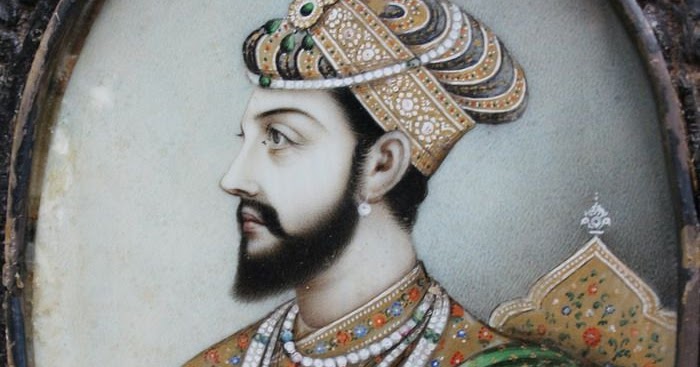

The most influential period in Kashmir’s history came with the arrival of the Mughal Empire in the 16th century. Under Emperor Akbar, Kashmir became part of the Mughal Empire and grew in importance due to its natural beauty and strategic location. The Mughals, known for their patronage of the arts, built iconic structures such as the Mughal Gardens, including Shalimar Bagh, Nishat Bagh, and Chashme Shahi, which still stand as symbols of architectural grandeur.
The Mughal influence also extended to the region’s administration, culture, and arts. Persian became the dominant language of the court, and Kashmir’s arts, particularly painting, poetry, and weaving, flourished. The famous Kashmiri shawl industry gained worldwide recognition, solidifying Kashmir’s place as a center for fine craftsmanship.
However, the Mughal Empire’s control over Kashmir weakened in the 18th century, leading to instability and foreign invasions.
The Sikh and Dogra Rule

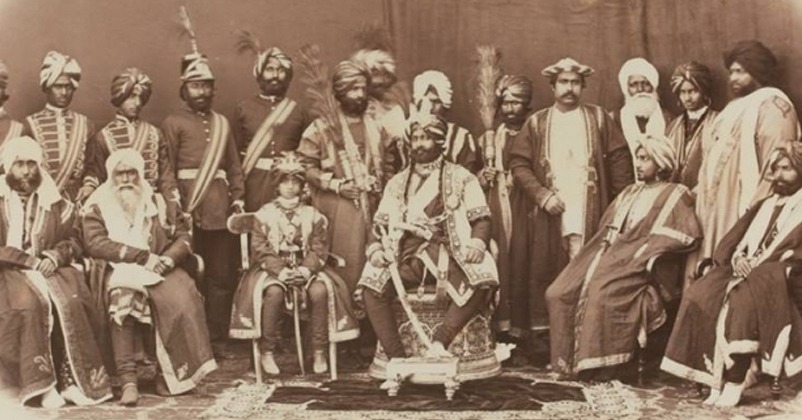
Following the decline of the Mughal Empire, Kashmir experienced a period of instability due to invasions by the Afghans and Sikhs. Kashmir came under the control of the Sikh Empire in the early 19th century, under Maharaja Ranjit Singh. Although the Sikh rule was short-lived, it had a lasting impact on the region’s political and cultural landscape.
In 1846, Kashmir became part of the Dogra dynasty after the Treaty of Amritsar. Maharaja Gulab Singh, the Dogra ruler, governed the region under British oversight. This period marked the beginning of a new era in Kashmir’s history, bringing relative peace and stability. However, the Dogra rule was also characterized by economic inequality, with the region’s peasants and farmers often suffering under harsh conditions.
The 20th Century and the Kashmir Conflict

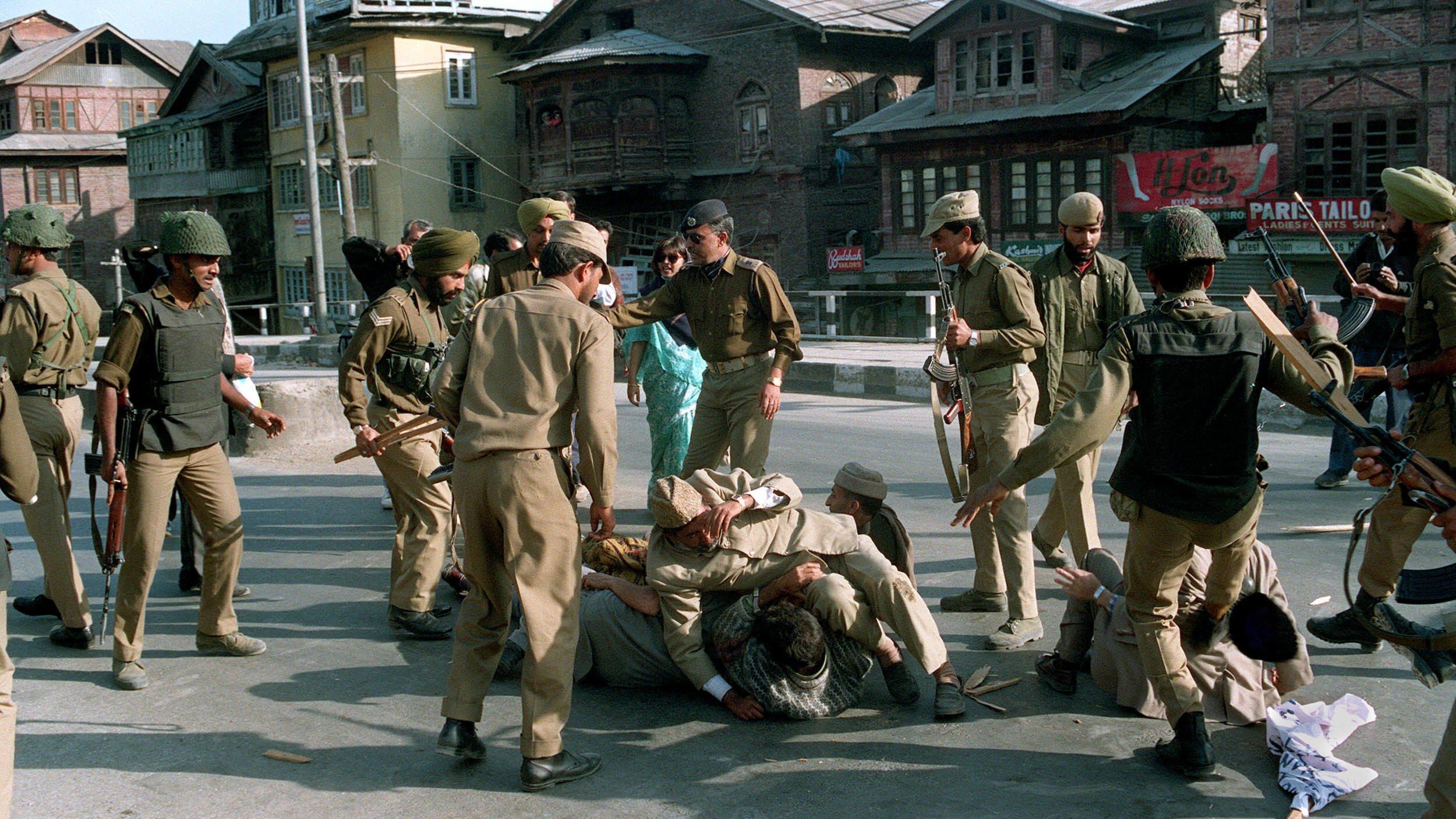
The 20th century brought significant changes to Kashmir, particularly after India’s independence in 1947. Kashmir’s political landscape became increasingly complex, especially after Article 370 of the Indian Constitution granted the region special status. However, the political future of Kashmir remained unresolved, leading to wars between India and Pakistan, and the region has remained a focal point of geopolitical tension.
The Kashmir conflict has caused widespread unrest, with both local and global consequences.
Kashmir Today: A Rich Yet Challenging History
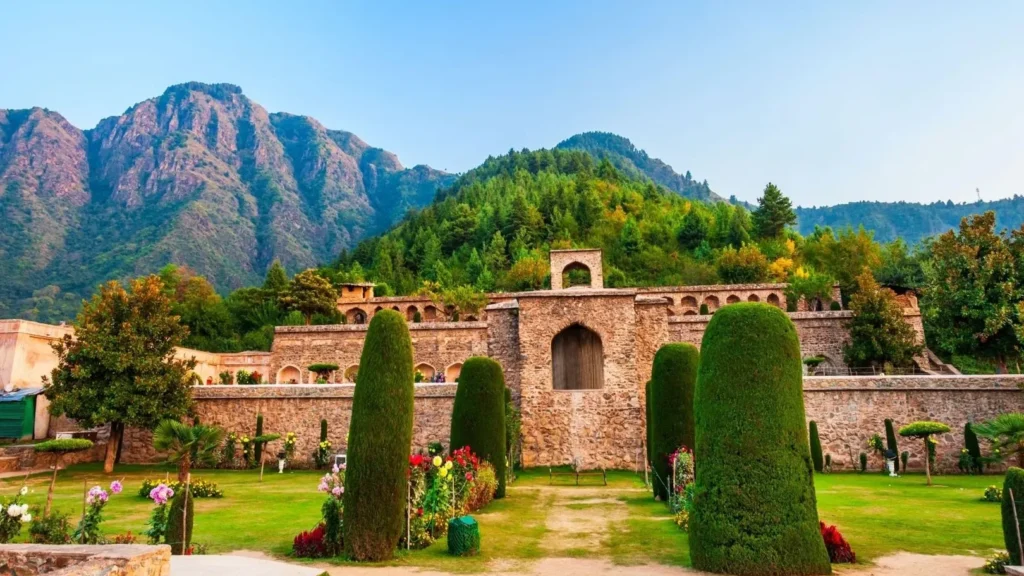

Kashmir’s history is a rich blend of cultures, religions, and traditions. From ancient Hindu kingdoms to the Mughal golden age and the political challenges of the 20th century, Kashmir has continuously evolved. Yet, despite these challenges, its people have remained resilient. The region’s local history is not only about the past but also about an ongoing struggle for identity, peace, and cultural preservation.
Despite political difficulties, Kashmir’s cultural heritage endures. Its landscapes, arts, architecture, and traditions continue to shape its identity, providing a glimpse into the region’s complex and multifaceted past.
Conclusion
Kashmir’s local history is a rich tapestry of legacies, cultural exchanges, and transformative events. From its ancient Hindu roots to its Islamic heritage and Mughal influence, Kashmir has developed a unique identity. Today, the region faces political challenges, but its cultural heritage remains a source of resilience and pride. The history of Kashmir is not just written in books—it lives on in the people, the arts, and the stories that continue to shape the region’s future.
For more details on Kashmir’s Local History, you can explore this historical article on Kashmir’s temples.
